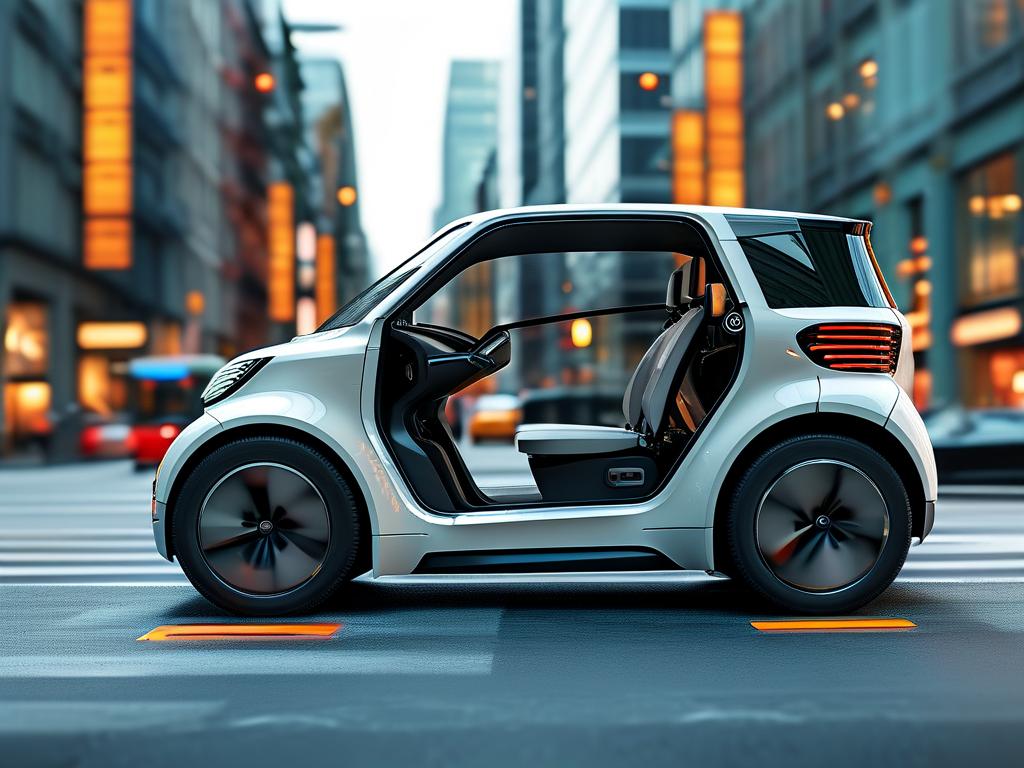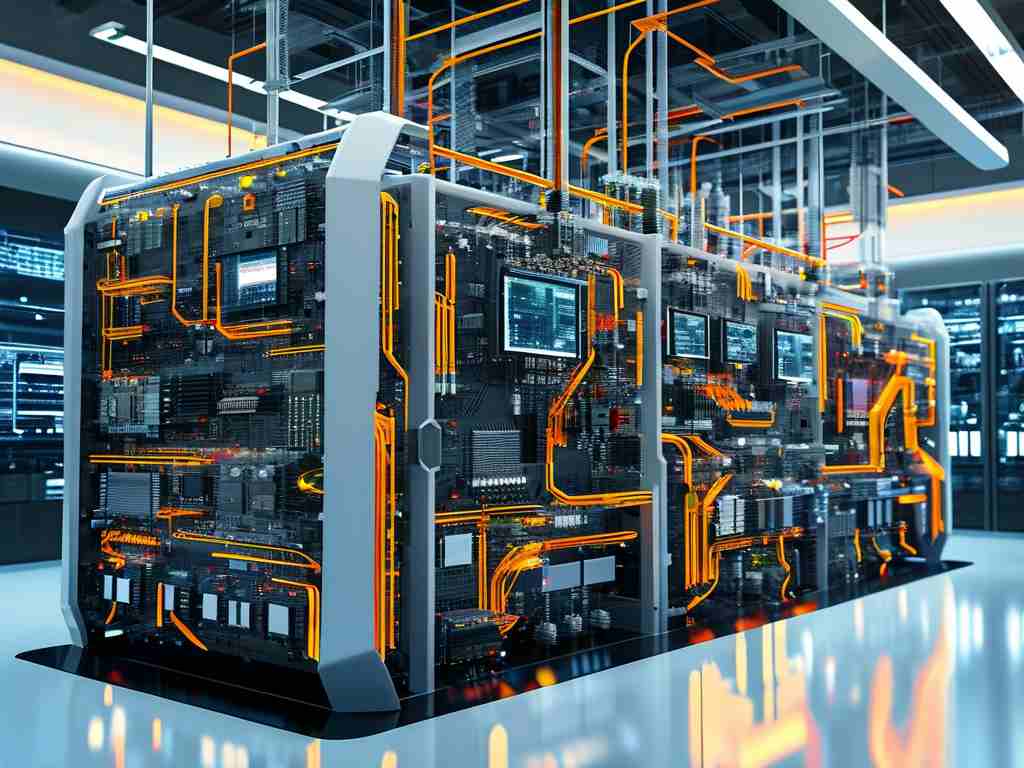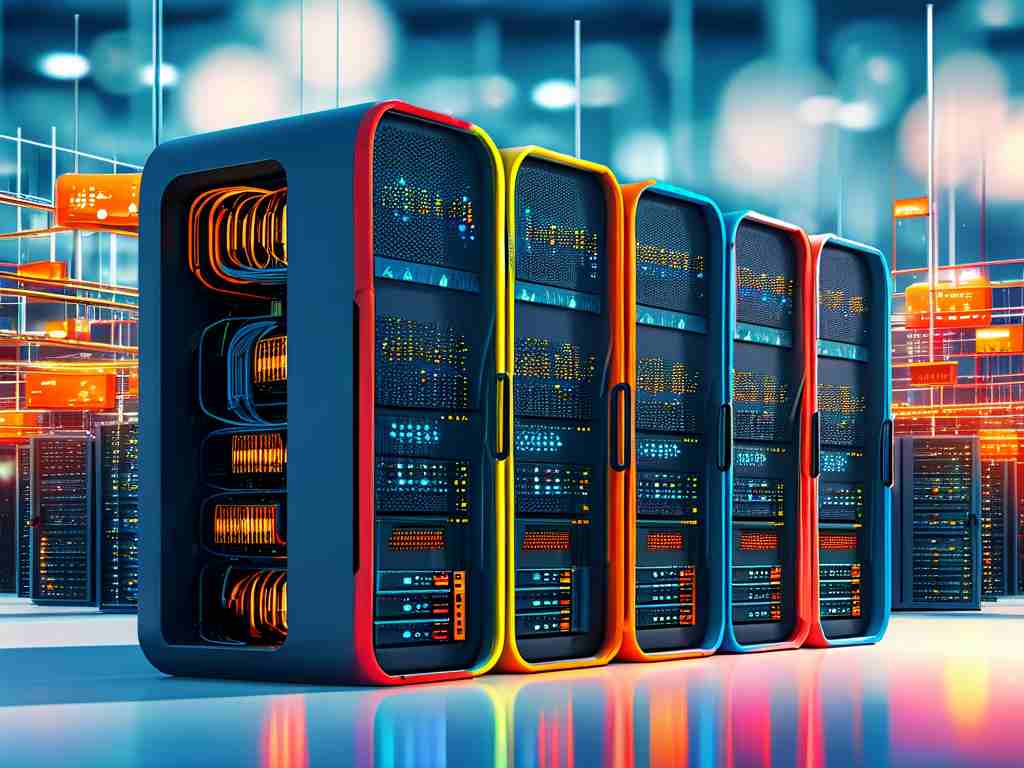Modern engineering solutions increasingly rely on distributed electronic control architectures to meet the demands of complex applications. Unlike traditional centralized systems, this approach decentralizes processing power across multiple nodes, enabling higher efficiency and adaptability. Below, we explore the defining characteristics of distributed electronic control systems and their practical implications.

1. Modularity and Scalability
A core advantage of distributed architectures lies in their modular design. Each subsystem operates independently, handling specific tasks such as sensor data processing or actuator control. For example, in automotive applications, engine control units (ECUs) manage powertrain functions separately from infotainment modules. This compartmentalization simplifies system upgrades—adding a new feature often requires only integrating an additional module rather than redesigning the entire framework. Scalability is further enhanced by standardized communication protocols like CAN (Controller Area Network), which allow seamless interaction between components.
2. Fault Tolerance and Reliability
Distributed systems inherently reduce single points of failure. If one node malfunctions, others continue functioning autonomously. In industrial automation, this ensures production lines remain operational even during partial failures. Redundancy mechanisms—such as dual-redundant sensors in aerospace systems—add an extra layer of safety. Additionally, localized decision-making minimizes latency during critical operations, as data doesn’t need to traverse a central hub.
3. Real-Time Responsiveness
By distributing computational loads, these architectures excel in real-time applications. Autonomous vehicles, for instance, rely on instantaneous responses from LiDAR and camera systems to navigate safely. Distributed setups process data closer to its source, reducing transmission delays. This edge computing principle is equally vital in smart grids, where rapid adjustments to energy distribution prevent overloads.
4. Resource Optimization
Centralized systems often suffer from resource bottlenecks, but distributed models allocate resources dynamically. In smart buildings, HVAC and lighting systems adjust energy usage based on localized occupancy sensors rather than a central controller. This granular control cuts energy waste by up to 30% in some implementations. Similarly, agricultural IoT networks use soil moisture sensors to trigger irrigation only in specific zones, conserving water.
5. Simplified Maintenance and Diagnostics
Isolating subsystems simplifies troubleshooting. Technicians can pinpoint issues using diagnostic tools that interface with individual modules. Over-the-air (OTA) updates further streamline maintenance—automakers like Tesla deploy software patches to specific ECUs without requiring physical access. This contrasts with monolithic systems, where a single software glitch might necessitate full-system reboots.
6. Interoperability Challenges
Despite their benefits, distributed systems face interoperability hurdles. Mixing components from different vendors may lead to communication incompatibilities. Standardization bodies like ISO 26262 for automotive systems address this by defining safety and protocol guidelines. Developers must also balance customization with compatibility—overly specialized nodes risk creating integration complexities.
7. Cost Considerations
Initial setup costs for distributed architectures can be higher due to the need for multiple processors and robust communication networks. However, long-term savings emerge from reduced downtime and easier upgrades. For example, fleet operators adopting telematics systems report faster ROI through predictive maintenance and fuel efficiency gains.
In , distributed electronic control systems offer a future-proof framework for industries prioritizing flexibility, reliability, and efficiency. As IoT and AI technologies evolve, these architectures will play a pivotal role in enabling smarter, more responsive infrastructures—from self-driving cars to energy-efficient cities. Engineers must continue refining standardization and cost models to unlock their full potential.









